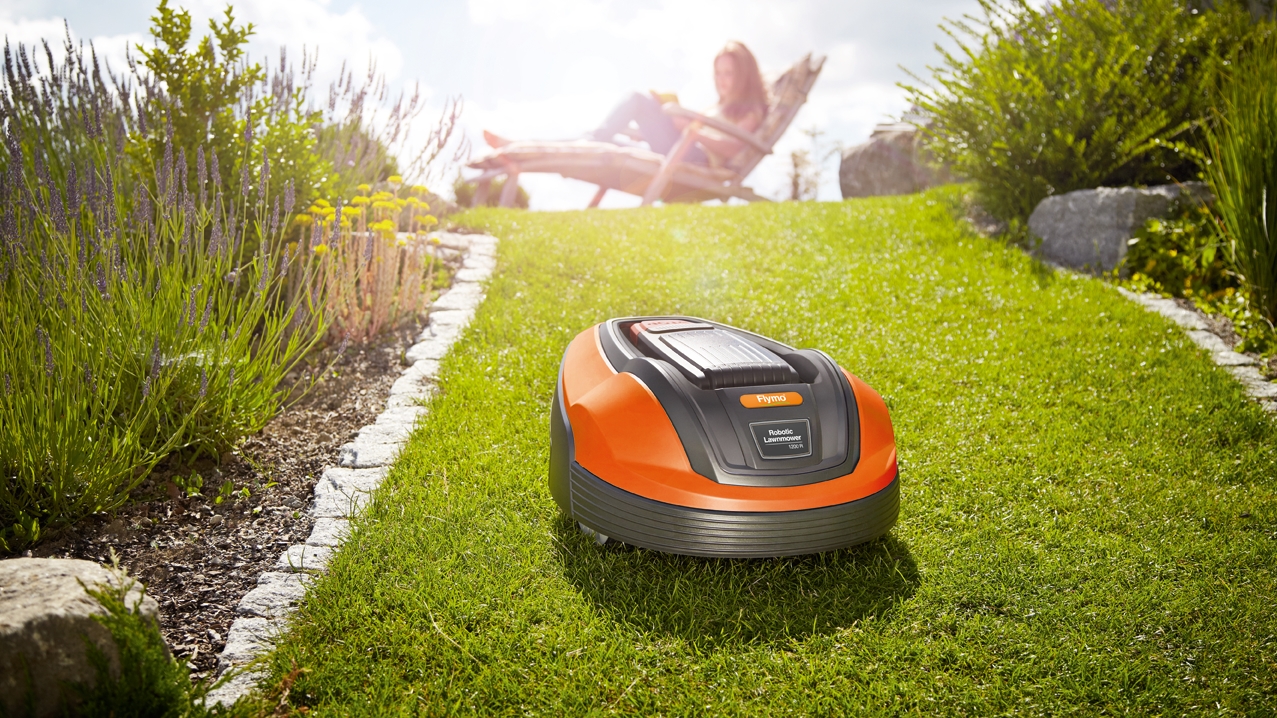Sun, sweat and smart gadgets: my garden hell
A tech-fuelled summer of love (and hate)

I spent the last week putting up a fence in my garden. This bit of real DIY required an actual adult, so I, of course, asked my dad to come around and help (using beers as a bribe).
It was a couple of days hard work under a hot sun, and while there were a few minor accidents (my dad hitting himself in the balls with a large iron pole being the most hilarious), no one died and I now have a mighty barrier between myself and my neighbours that would make Donald Trump orange with envy.
But it got me thinking – fences are a rather dumb piece of engineering. Is there a way I could make it – and the garden it guards – smart? All the flowers and grass and stuff is all well and good, but what about a big ugly beige box with wires sticking out of it? Now that’s beauty.
My first thought was to build some sort of T-Rex-grade electrical fence like the one from Jurassic Park that would fry anyone who dared to climb into my garden to pet my cat or tip over my bird table.
This idea was quickly discarded once I remembered that I actually quite like my neighbours and don’t want to kill them, plus the running costs would have an astronomical effect on my electricity bill.
But what about if I used my fence not to kill and maim, but to better humanity? Could we one day have fence panels that doubled as solar harvesters to help power our smart homes? Perhaps the posts those panels are attached to could have air quality and pollen sensors built in, along with temperature and weather gauges to help you plan your gardening.
That idea isn’t too far off reality – at Computex a few weeks ago Intel showed off how it was working with cities to include Intel IoT Gateway technology in streetlights, which include sensors to monitor data for air quality, weather, traffic, and power consumption.
Get daily insight, inspiration and deals in your inbox
Sign up for breaking news, reviews, opinion, top tech deals, and more.

Of course, putting small computers into fence posts will make the already-expensive procedure of putting up a fence even more expensive – even before you budget for bribery beers.
However, the process of making my home smarter has made me look at any ‘dumb’ structure, device or piece of furniture, and think about how we could make it smart.
Smart gardening
As I am increasingly realising, there are ways to smarten up your home that extend beyond its walls, and there are a number of smart gadgets out there aimed at the lazy and/or incompetent gardener. Me, essentially.
There are systems to water your plants when a certain temperature is recorded, and there are robotic lawn mowers like the Flymo 1200R, which can automatically whizz around your garden and trim your lawn.
What could possibly go wrong with giving robots incredibly sharp blades?

Not so smart heating
While the UK is gripped in its annual heat wave, where roads melt, pasty overweight men strip off their shirts and we all somehow manage to complain about the weather more than when it is cold and raining, I went ahead and made the not-so-smart move of getting a smart thermostat by Hive installed. So now I can stare at this shiny new toy all summer without being able to use it!
While I have previously installed a Nest Learning Thermostat in another home myself, and again no one died, the Hive team at British Gas insisted on sending a professional around to set this one up. This proved to be a wise move as, unlike the previous boiler, there was no existing wireless thermostat installed, so the installation is far more complex.
Plus after the hard labor of putting up the fence (patriarchal ball crushing aside), I was happy to sit back and let a professional do the hard work.
The British Gas engineer they sent was a very charming chap who took apart and rewired my boiler so it is now controlled by the Hive Thermostat. This communicated wirelessly to a control box which looks pretty nifty when sat in my sweltering living room – I just wish it was colder so I could give it a go.
Before the engineer left he tested the equipment to make sure it worked, and showed me the Hive app for controlling my home’s heating via my smartphone.
With everything working as it should, spirits were high – until I made a smart home faux pas. The engineer enquired if I had a carbon monoxide detector. His smile when I said ‘yes’ quickly faded when I then let slip that it was made by Hive’s arch rivals Nest.
Not even a quick dimming of my newly-installed Hive smart bulbs could save the mood. It might sound hypocritical coming from a man who’s designing a neighbour-repelling electric fence, but why can’t we all just get along?
- Matt Hanson is trying to make his home smarter, and his life easier. But that doesn't always happen. Follow his trials and tribulations in his iDIY column.

Matt is TechRadar's Managing Editor for Core Tech, looking after computing and mobile technology. Having written for a number of publications such as PC Plus, PC Format, T3 and Linux Format, there's no aspect of technology that Matt isn't passionate about, especially computing and PC gaming. He’s personally reviewed and used most of the laptops in our best laptops guide - and since joining TechRadar in 2014, he's reviewed over 250 laptops and computing accessories personally.